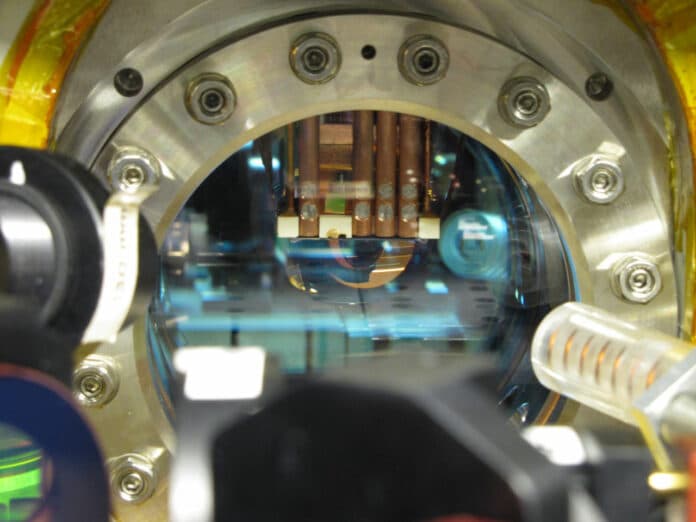The theoretical understanding of scaling laws of entropies and mutual information has led to substantial advances in the study of correlated states of matter, quantum field theory, and gravity. Experimentally measuring von Neumann entropy in quantum many-body systems is challenging, as it requires complete knowledge of the density matrix, which normally requires the implementation of full-state reconstruction techniques.
A group of physicists have shed light on some aspects of quantum systems by tracking the progression of their fluctuations across time. The study provides a detailed understanding of a complex phenomenon that forms the basis of quantum computing. This technique can carry out some calculations far more quickly than traditional computing.
Dries Sels, an assistant professor in New York University’s Department of Physics and an author of the paper, said, “In an era of quantum computing, it’s vital to generate a precise characterization of the systems we are building. This work reconstructs the full state of a quantum liquid, consistent with the predictions of a quantum field theory—similar to those that describe the fundamental particles in our universe.”
“The breakthrough offers promise for technological advancement.”
Scientists from the TU Wien (Vienna), ETH Zurich, Free University of Berlin, and the Max-Planck Institute of Quantum Optics were part of the research team that calculated quantum information measures of a quantum system through a tomography procedure—the reconstruction of a particular quantum state with the goal of locating experimental support for a theory.
The atoms that made up the examined quantum system were confined on an atom chip and were extremely cold, slow-moving atoms that reveal the quantum properties of matter.
In their research, the scientists produced two “copies” of this quantum system: atom clouds in the shape of cigars that develop over time independently of one another. The researchers carried out several experiments at various phases of this process that demonstrated the correlations between the two copies.
Sels said, “By constructing an entire history of these correlations, we can infer what is the initial quantum state of the system and extract its properties. Initially, we have a very strongly coupled quantum liquid, which we split into two so that it evolves as two independent liquids, and then we recombine it to reveal the ripples that are in the liquid.”
“It’s like watching the ripples in a pond after throwing a rock in it and inferring the properties of the rock, such as its size, shape, and weight.”
Journal Reference:
- Tajik, M., Kukuljan, I., Sotiriadis, S. et al. Verification of the area law of mutual information in a quantum field simulator. Nat. Phys. (2023). DOI: 10.1038/s41567-023-02027-1
